Home>Gardening & Outdoor>Landscaping Ideas>How To Kill Grass With Vinegar
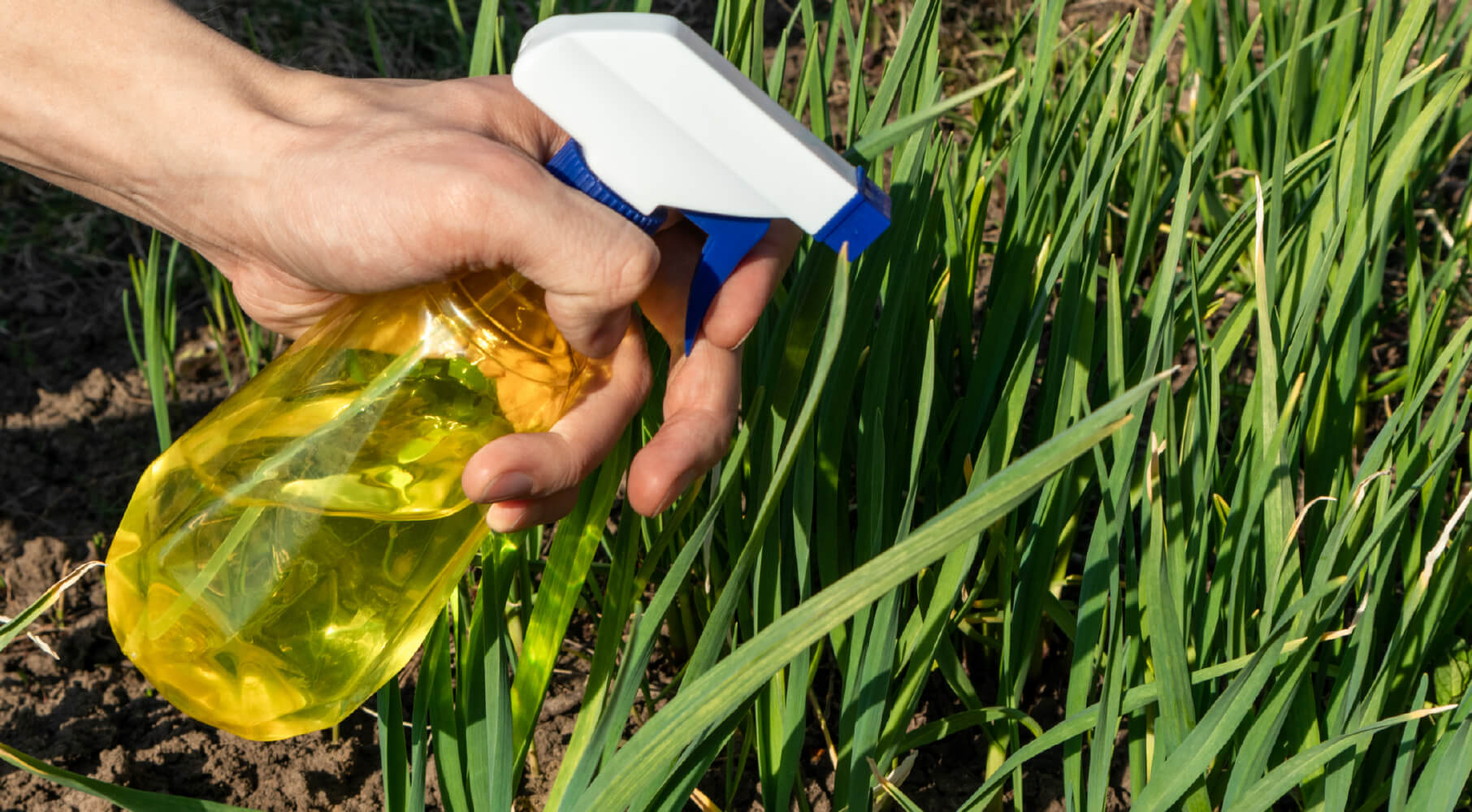

Landscaping Ideas
How To Kill Grass With Vinegar
Modified: August 16, 2024
Learn effective landscaping ideas with our guide on how to kill grass with vinegar. Transform your outdoor space with this natural and eco-friendly solution. Discover more tips and tricks today!
(Many of the links in this article redirect to a specific reviewed product. Your purchase of these products through affiliate links helps to generate commission for Storables.com, at no extra cost. Learn more)
Introduction
So, you've been battling with stubborn patches of grass that just won't quit, and you're looking for a natural, eco-friendly solution to reclaim your landscape. Well, look no further than your kitchen pantry! Vinegar, a common household ingredient, has gained popularity as a natural herbicide for effectively eliminating unwanted grass without leaving harmful residues in the environment. In this comprehensive guide, we'll explore the process of using vinegar as a grass killer, from understanding its effects on grass to the step-by-step application process and aftercare techniques. By the end of this article, you'll be equipped with the knowledge and confidence to tackle those pesky patches of grass using a simple and environmentally friendly solution. Let's dive in and uncover the secrets of using vinegar to bid farewell to unwanted grass in your yard!
Key Takeaways:
- Say goodbye to unwanted grass by using vinegar as a natural herbicide. Just mix the right vinegar solution and apply it carefully to target the grass while minimizing harm to surrounding plants.
- After applying vinegar to kill grass, remove debris, monitor for regrowth, and promote desirable plants to prevent unwanted grass from coming back.
Read more: How To Use Vinegar To Kill Bed Bugs
Understanding the Effects of Vinegar on Grass
Before delving into the application of vinegar as a grass killer, it’s essential to understand how this common household item can effectively combat unwanted vegetation. Vinegar, primarily acetic acid, disrupts the cellular structure of plants, leading to desiccation and ultimately causing them to wither and die. When applied to grass, the acetic acid in vinegar acts as a natural herbicide, penetrating the plant’s leaves and inhibiting essential metabolic processes, such as photosynthesis and nutrient uptake. This disruption ultimately leads to the demise of the grass, making it an effective and eco-friendly alternative to synthetic herbicides.
It’s important to note that the concentration of acetic acid in vinegar plays a crucial role in its effectiveness as a grass killer. Household vinegar typically contains around 5% acetic acid, which is suitable for controlling common weeds. However, for more resilient grass species or larger patches of vegetation, a higher concentration of acetic acid, often found in horticultural vinegar or industrial-grade vinegar, may be necessary to achieve the desired results.
Furthermore, it’s essential to consider the potential impact of vinegar on surrounding vegetation. While vinegar is an effective grass killer, it’s a non-selective herbicide, meaning it can harm or kill any plant it comes into contact with. Careful application and targeted use are crucial to minimize unintended damage to desirable plants in the vicinity of the treated area.
By understanding the mechanisms behind vinegar’s herbicidal properties and its potential impact on surrounding vegetation, you can make informed decisions when preparing and applying this natural solution to eliminate unwanted grass in your landscape.
Preparing the Vinegar Solution
Creating a potent vinegar solution is a critical step in effectively using vinegar to kill grass. While household vinegar with a 5% acetic acid concentration can be effective for controlling common weeds, a higher concentration may be necessary for tougher grass species or larger areas of vegetation. Here’s a step-by-step guide to preparing a vinegar solution for grass elimination:
- Choose the Right Vinegar: Select vinegar with a higher acetic acid concentration, such as horticultural vinegar or industrial-grade vinegar, for more resilient grass or extensive patches of vegetation. These varieties often contain acetic acid concentrations ranging from 10% to 30%, providing increased herbicidal potency.
- Protective Gear: Before handling vinegar, ensure that you have the appropriate protective gear, including gloves and eye protection, to prevent direct contact with the solution, especially when using higher concentrations of acetic acid.
- Mixing the Solution: In a well-ventilated area, dilute the concentrated vinegar with water to achieve the desired acetic acid concentration. It’s essential to follow the recommended dilution ratios provided by the vinegar manufacturer or herbicide guidelines to ensure safety and efficacy.
- Adding a Surfactant (Optional): To enhance the effectiveness of the vinegar solution, consider adding a surfactant, such as liquid soap or a commercial surfactant product, to help the solution adhere to the grass foliage and penetrate the plant’s cuticle more effectively.
- Use Caution: When handling and mixing vinegar solutions, exercise caution to prevent accidental spills or splashes. Always follow safety guidelines and use appropriate protective equipment to minimize exposure to the concentrated solution.
By carefully selecting the appropriate vinegar, following recommended dilution guidelines, and taking necessary safety precautions, you can prepare a potent vinegar solution tailored to your specific grass elimination needs. The next step involves applying this solution to targeted areas to effectively combat unwanted grass and reclaim your landscape.
Be careful when using vinegar to kill grass, as it can also harm other plants. Mix 1 gallon of vinegar with 1 cup of salt and 1 tablespoon of dish soap. Spray the mixture directly onto the grass on a sunny day for best results.
Applying Vinegar to Kill Grass
Now that you’ve prepared your vinegar solution, it’s time to apply it strategically to eliminate unwanted grass effectively. The application process requires careful consideration to ensure targeted treatment and minimize the impact on surrounding vegetation. Here’s a comprehensive guide to applying vinegar as a grass killer:
- Targeted Application: Identify the specific areas where grass elimination is desired. Use precision and caution to apply the vinegar solution directly to the foliage of the unwanted grass while minimizing contact with neighboring plants or desirable vegetation.
- Avoid Overspray: To prevent unintended damage to surrounding plants, consider using a spray bottle or a targeted applicator to deliver the vinegar solution precisely where it’s needed. This approach minimizes overspray and reduces the risk of harming nearby vegetation.
- Optimal Weather Conditions: Choose a day with calm weather to apply the vinegar solution. Avoid windy conditions that may cause the solution to drift onto unintended areas, potentially affecting desirable plants. Additionally, consider applying the solution during a period of dry weather to maximize its effectiveness.
- Thorough Coverage: Ensure thorough coverage of the unwanted grass with the vinegar solution. The acetic acid in the solution disrupts the cellular structure of the plants upon contact, so comprehensive coverage is essential to achieve effective desiccation and subsequent grass elimination.
- Observation and Retreatment: After applying the vinegar solution, monitor the treated areas closely. Depending on the resilience of the grass and the effectiveness of the initial application, you may need to consider retreatment for complete eradication. Be mindful of any regrowth and address it promptly with additional targeted applications.
By following these guidelines for applying vinegar as a grass killer, you can effectively target unwanted vegetation while minimizing the impact on surrounding plants and achieving successful grass elimination. The next crucial step involves implementing aftercare measures to support the eradication of the treated grass and prevent regrowth in the future.
Aftercare and Preventing Regrowth
After successfully applying vinegar to eliminate unwanted grass, implementing proper aftercare measures is essential to support the eradication process and prevent regrowth. By following these post-treatment guidelines, you can optimize the effectiveness of the grass elimination and minimize the likelihood of resurgence:
- Remove Debris: After the treated grass has withered and died, remove the debris to prevent the accumulation of decaying plant material, which can hinder the establishment of new vegetation and create an unsightly appearance in the treated area.
- Soil Aeration: Consider aerating the soil in the treated areas to promote optimal conditions for new plant growth, should you intend to reestablish desirable vegetation. Aeration facilitates better water and nutrient penetration, supporting the establishment of new plants while impeding the regrowth of unwanted grass.
- Monitor for Regrowth: Vigilantly monitor the treated areas for any signs of regrowth or new grass emergence. Promptly address any regrowth by applying targeted treatments with the vinegar solution to prevent the resurgence of unwanted grass.
- Implement Preventive Measures: To deter the regrowth of unwanted grass, consider implementing preventive measures, such as applying a natural mulch or installing landscape fabric in the treated areas. These methods can help suppress weed growth and create unfavorable conditions for the resurgence of unwanted vegetation.
- Promote Desirable Plants: If the treated areas are intended for the establishment of desirable plants, consider introducing and nurturing the preferred vegetation to outcompete any potential regrowth of unwanted grass. By fostering the growth of desirable plants, you can create a vibrant and resilient landscape while minimizing the presence of unwanted grass.
By implementing these aftercare measures and preventive strategies, you can support the successful eradication of unwanted grass and create an environment conducive to the flourishing of desirable vegetation. With proper post-treatment care and proactive measures, you can maintain a healthy and visually appealing landscape while minimizing the likelihood of unwanted grass regrowth.
Frequently Asked Questions about How To Kill Grass With Vinegar
Was this page helpful?
At Storables.com, we guarantee accurate and reliable information. Our content, validated by Expert Board Contributors, is crafted following stringent Editorial Policies. We're committed to providing you with well-researched, expert-backed insights for all your informational needs.

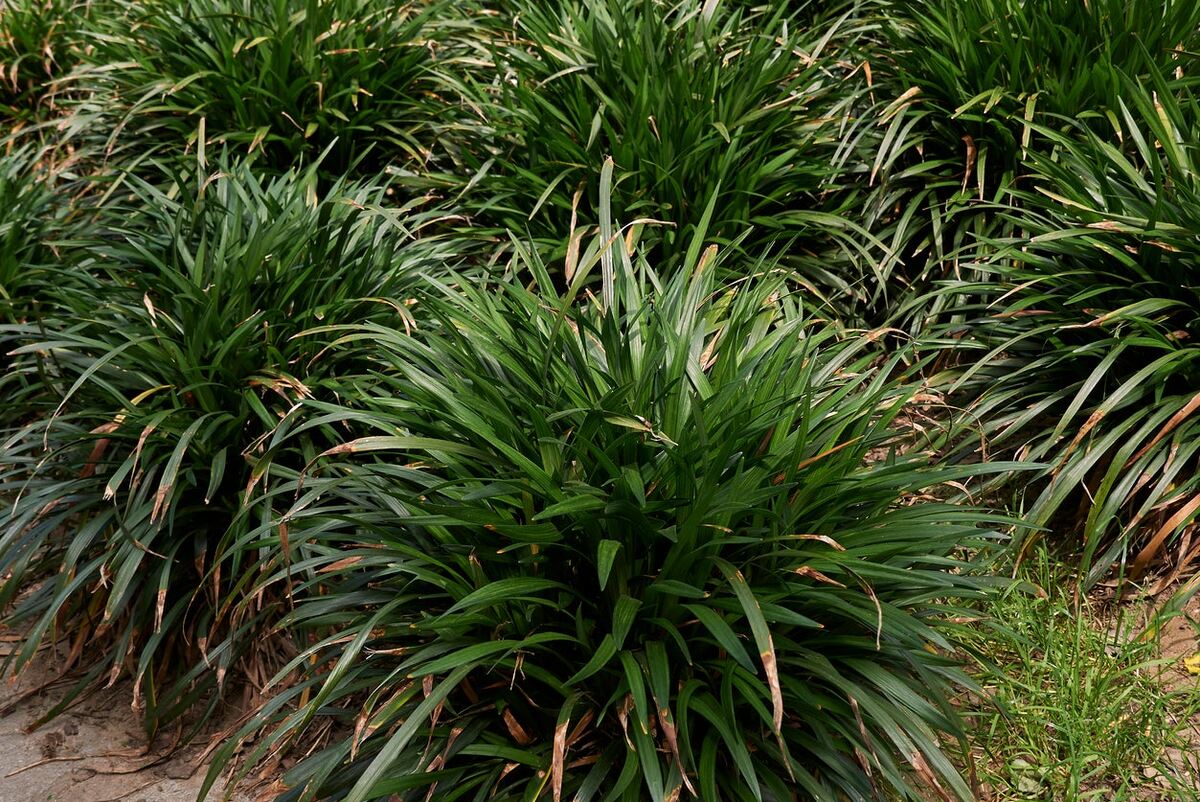
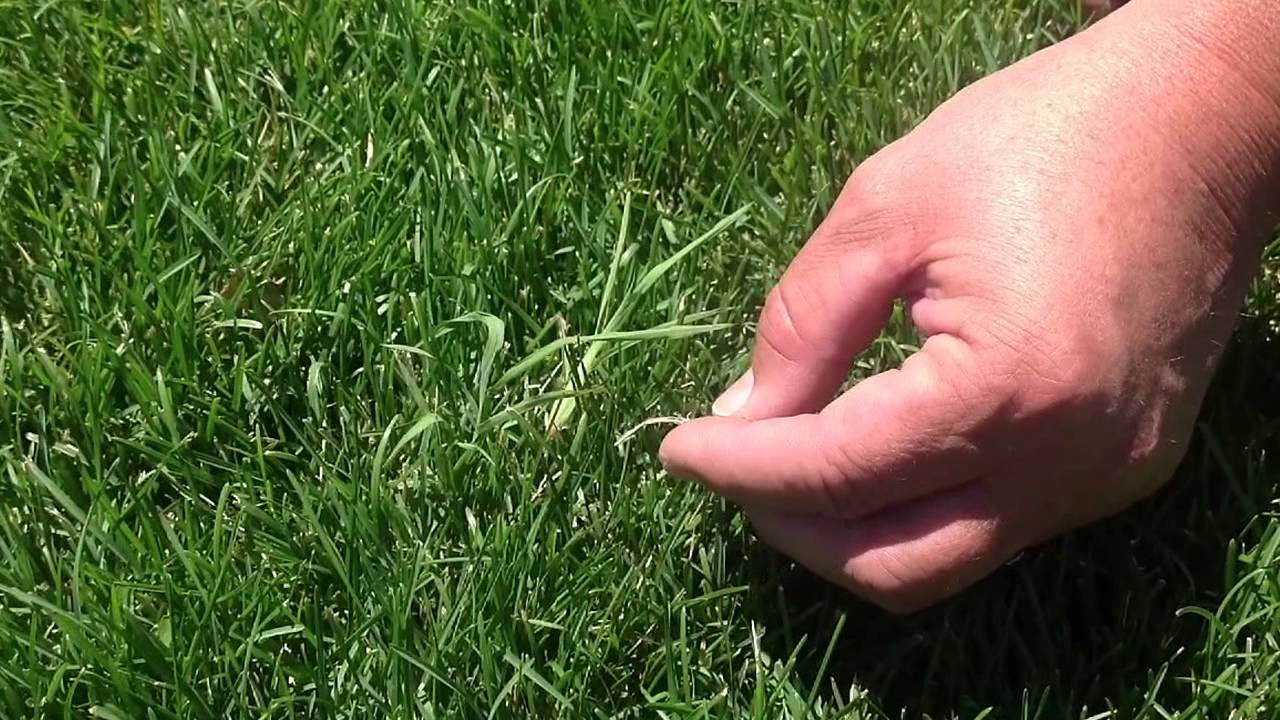
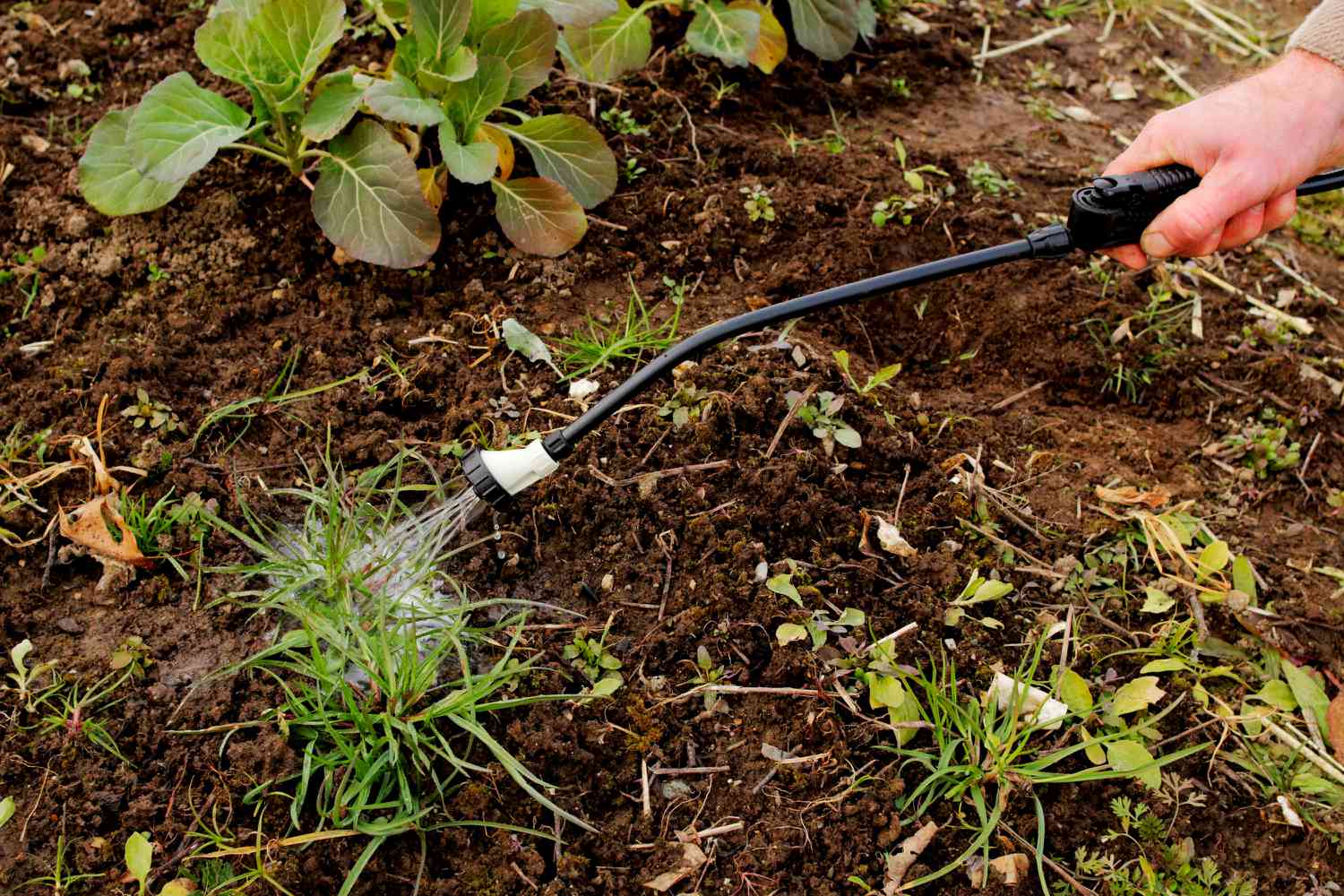
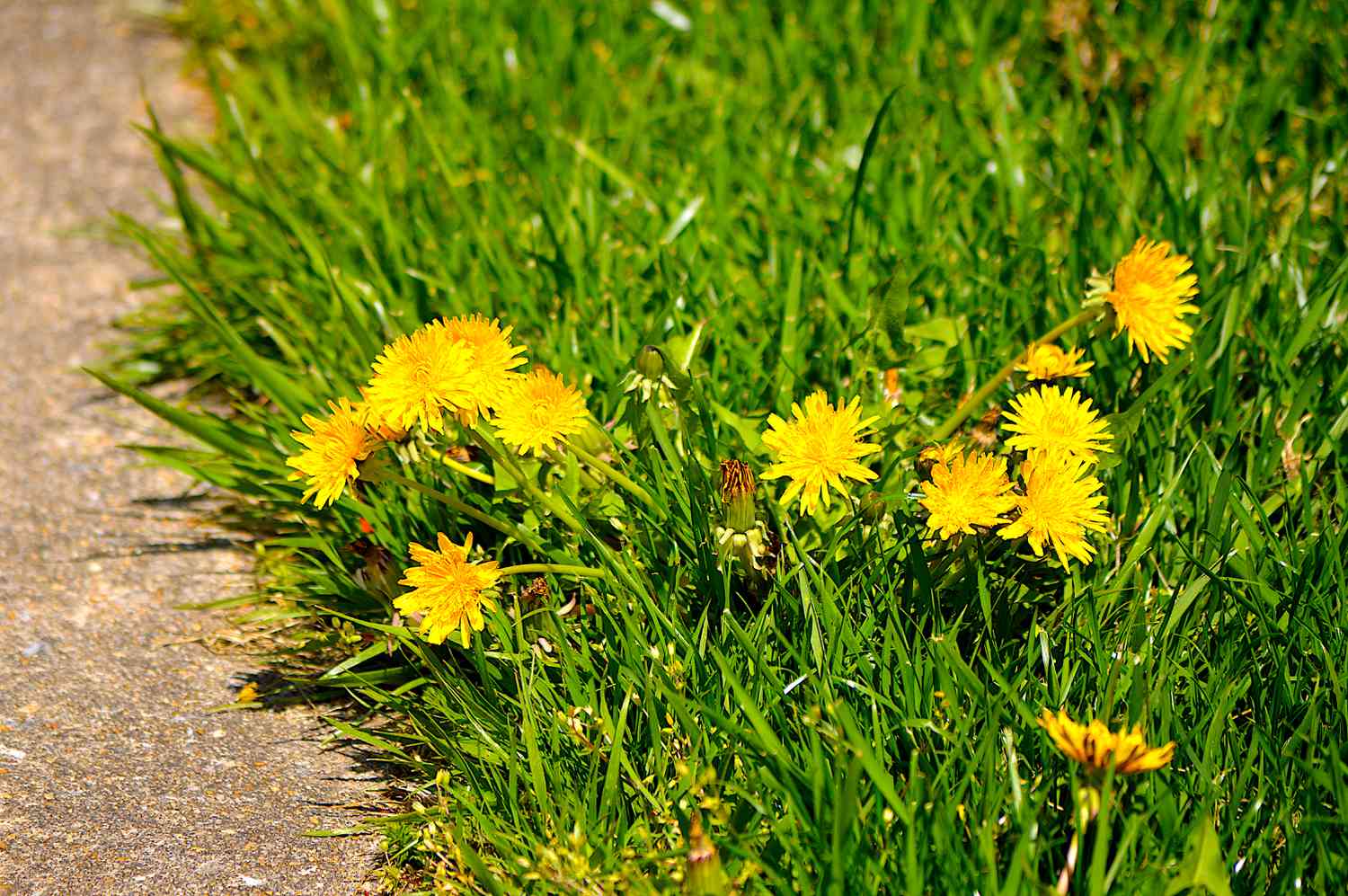
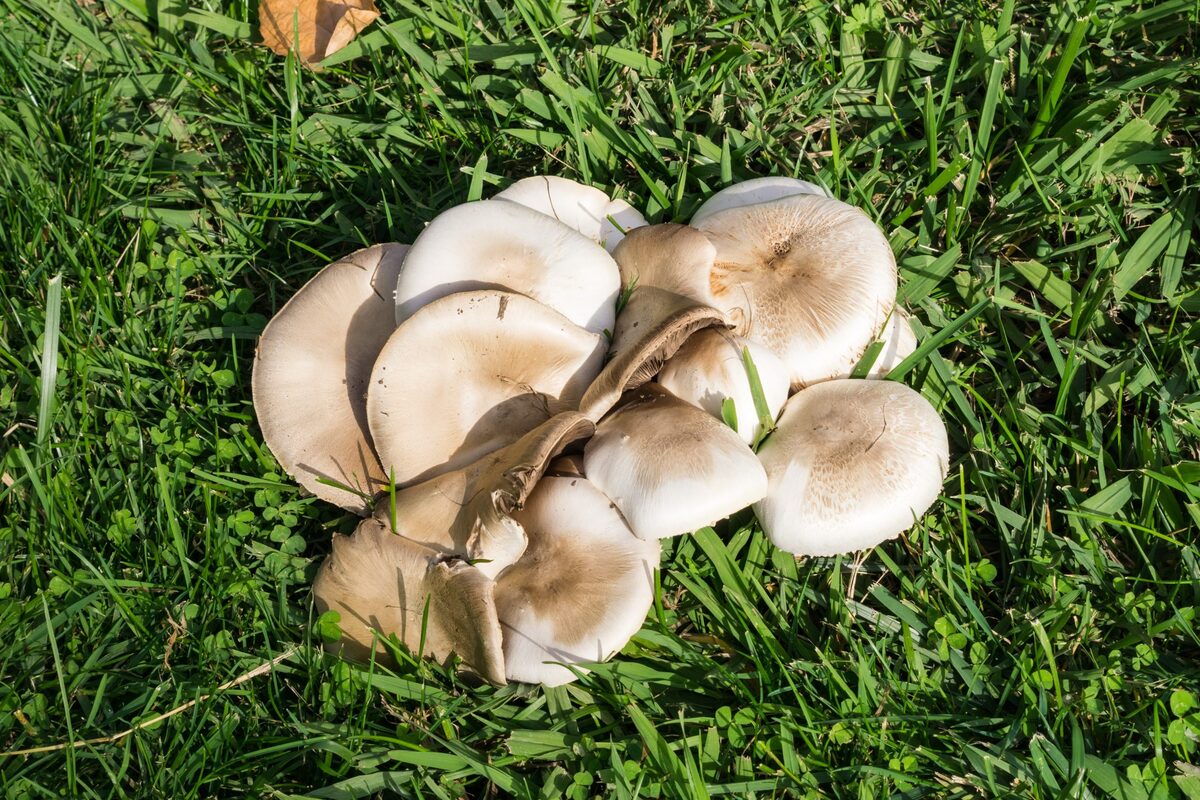
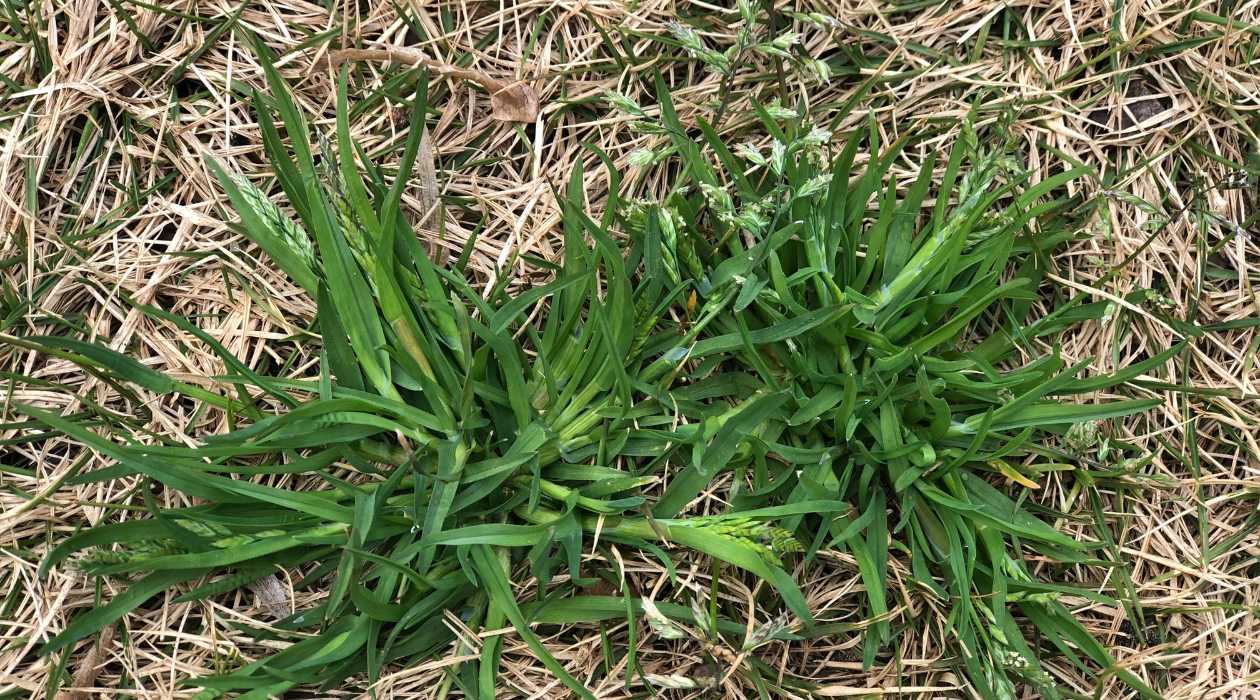
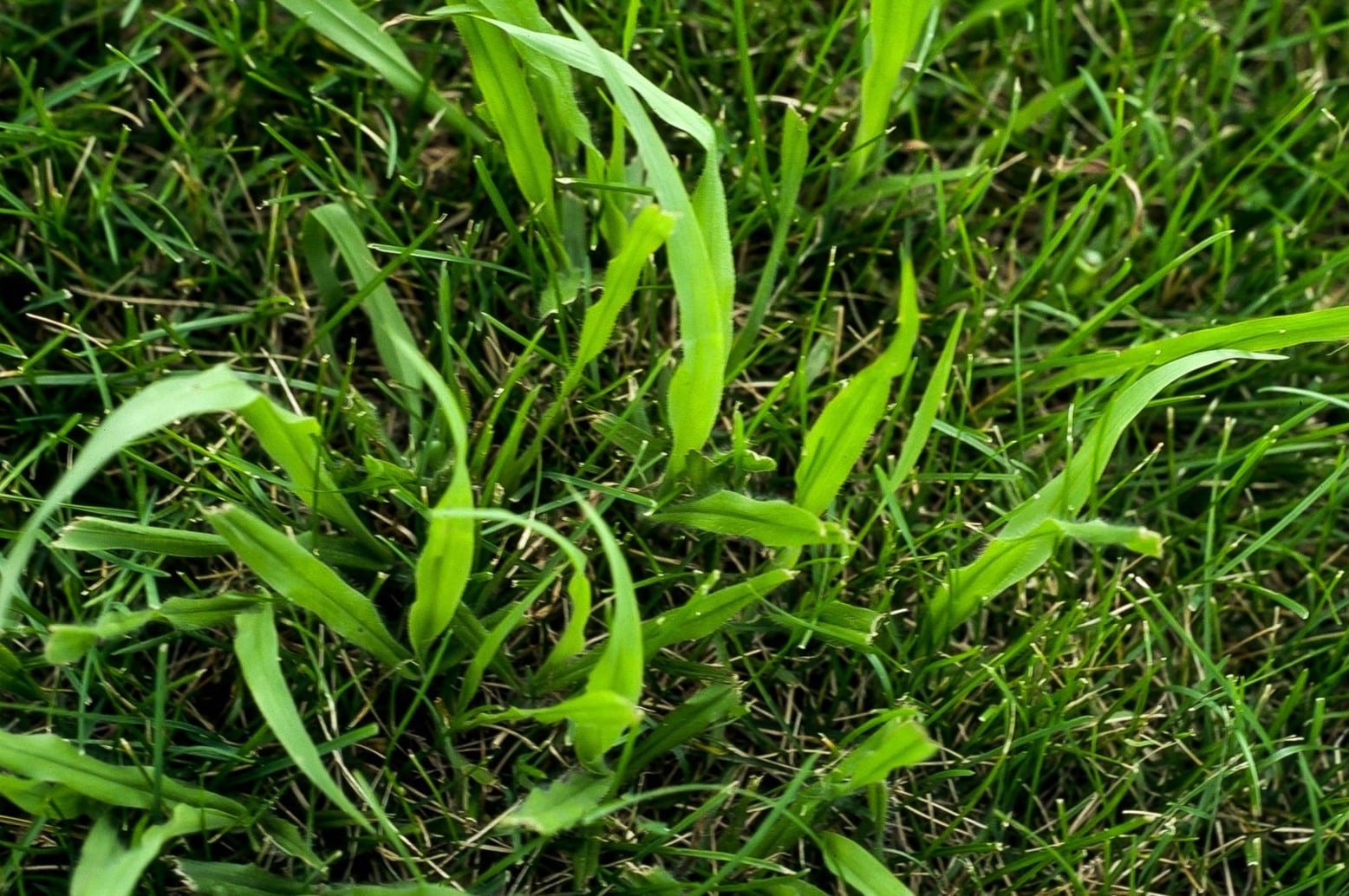
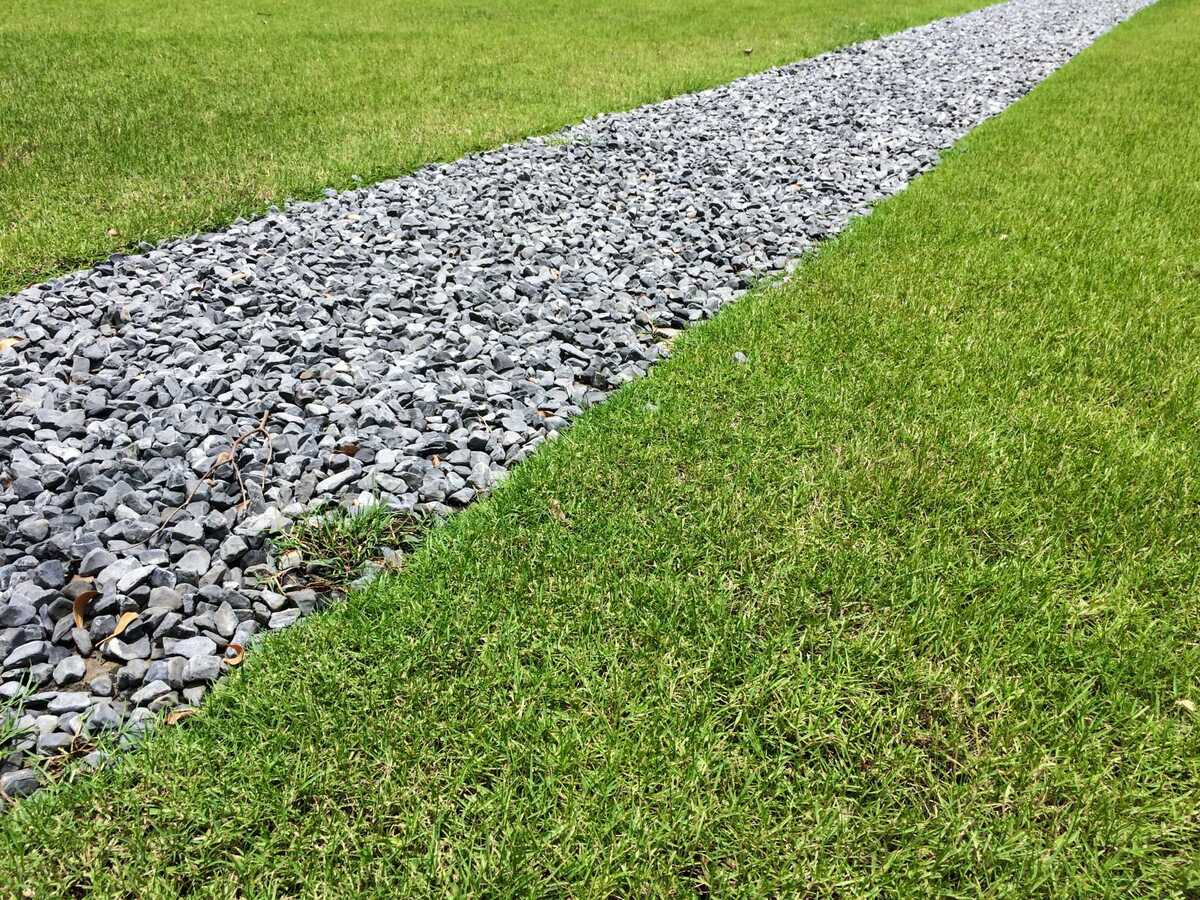
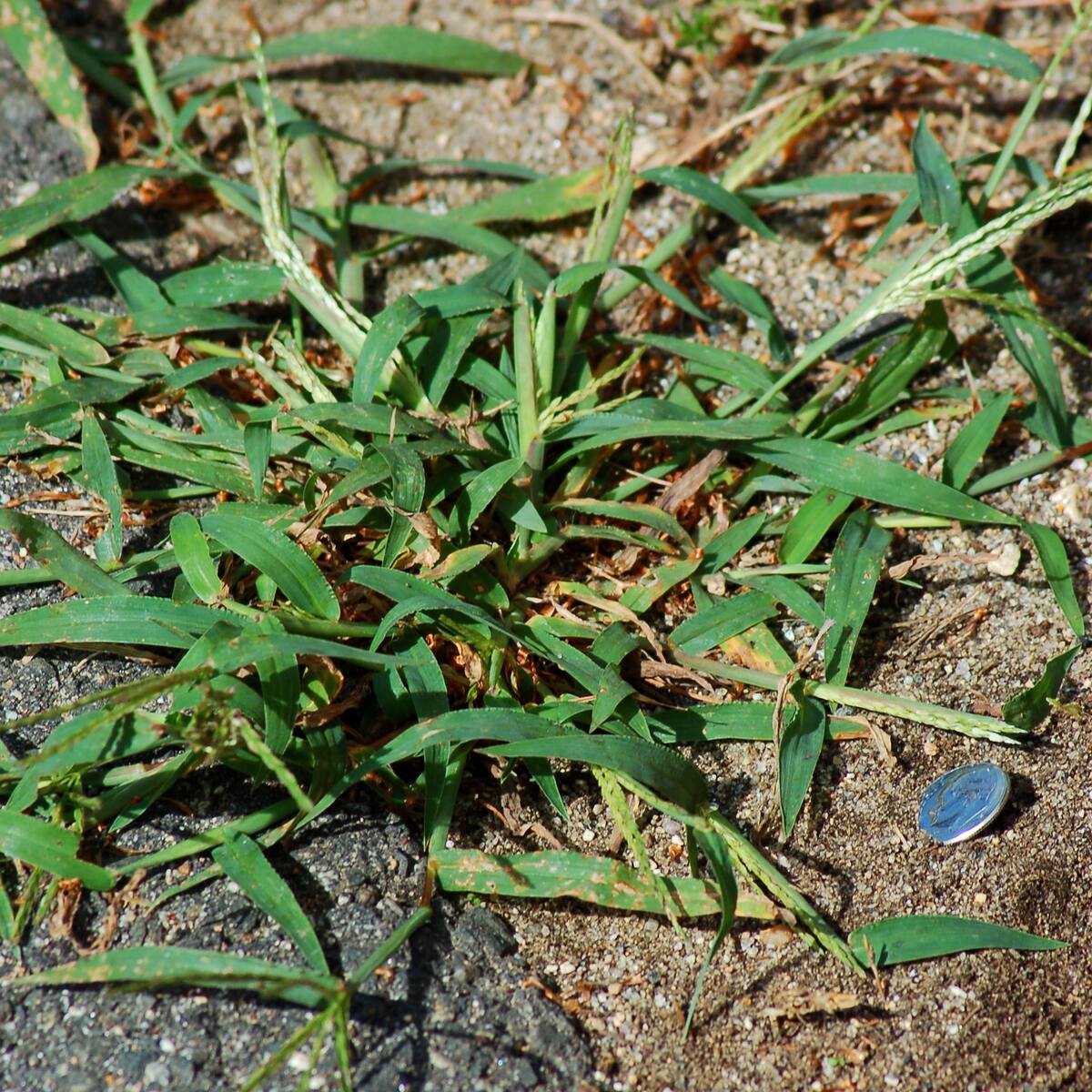
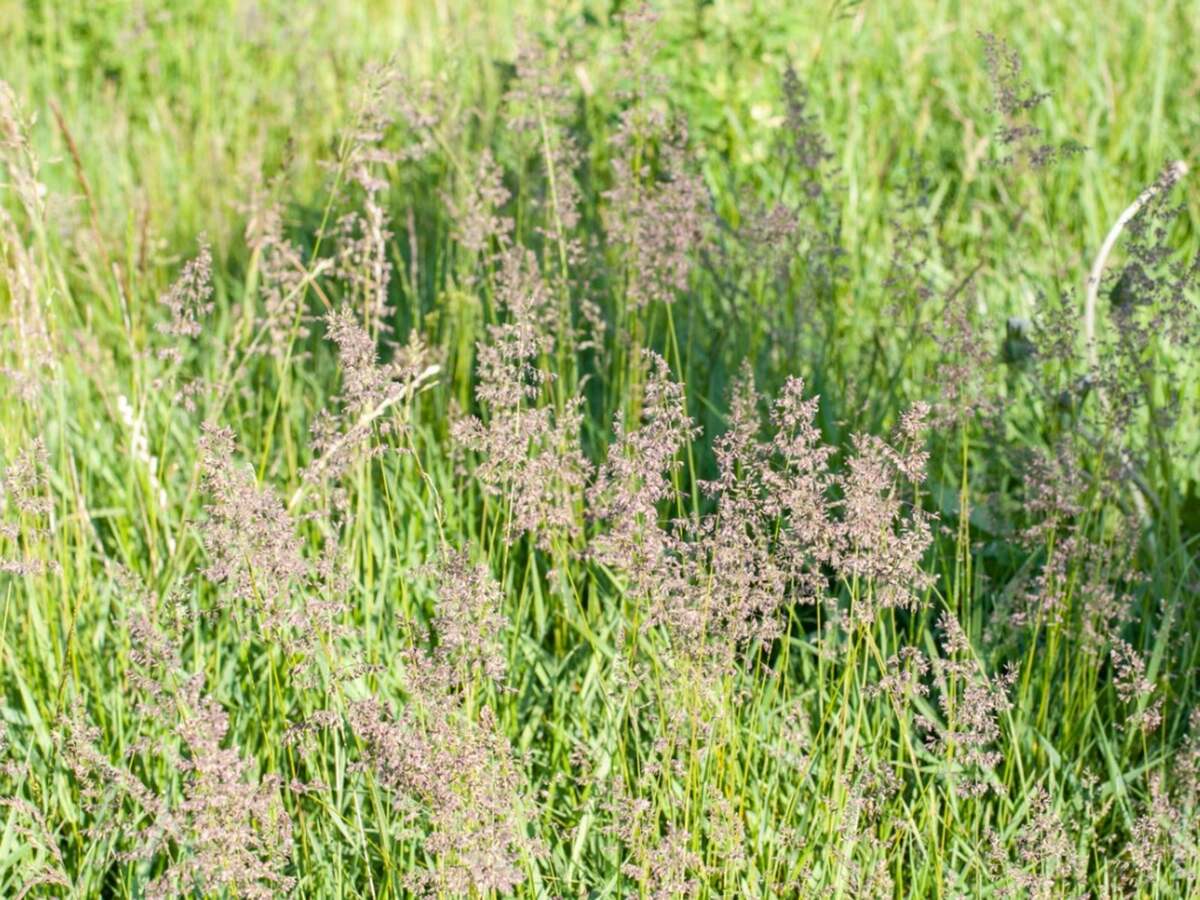
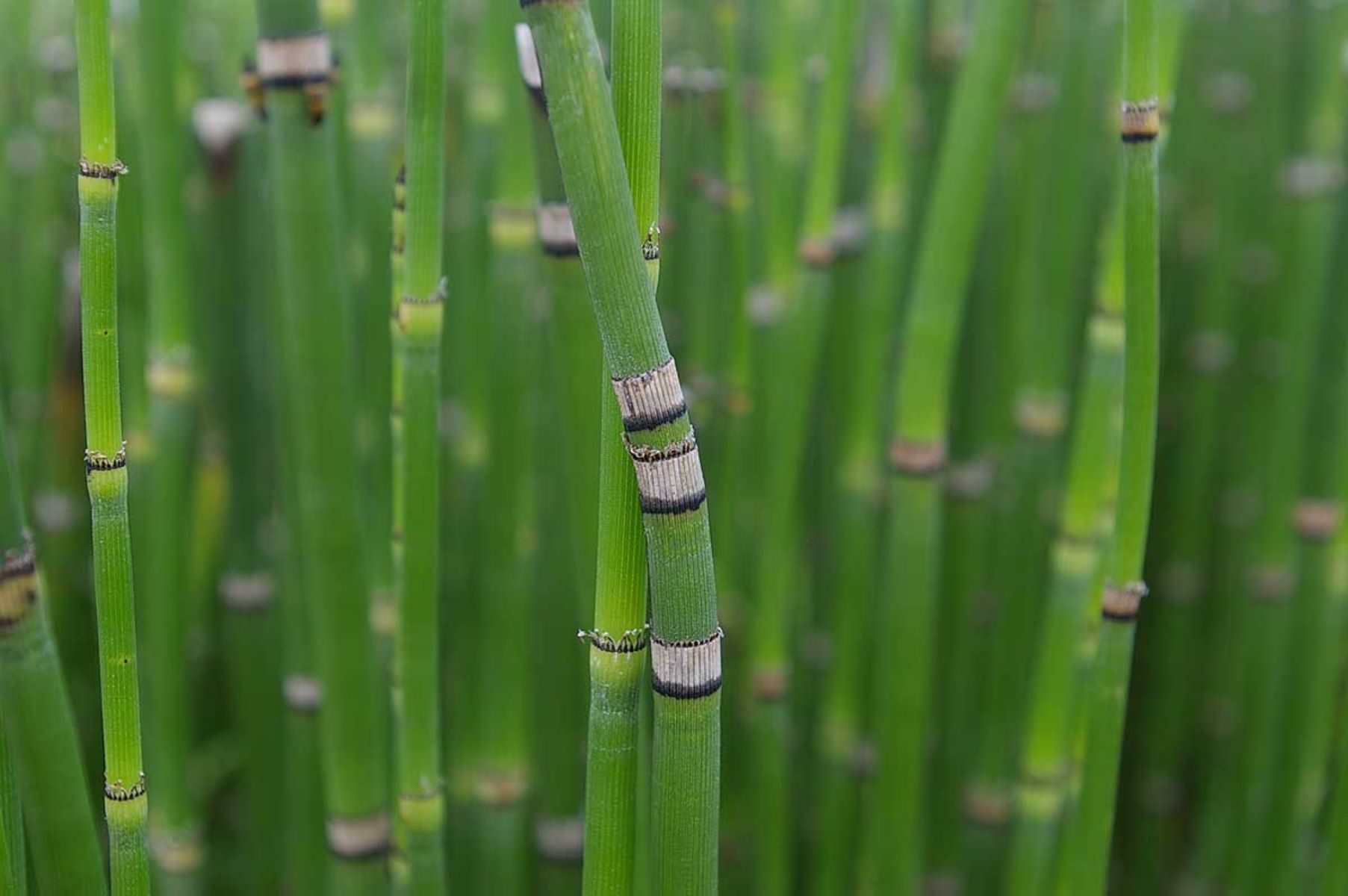

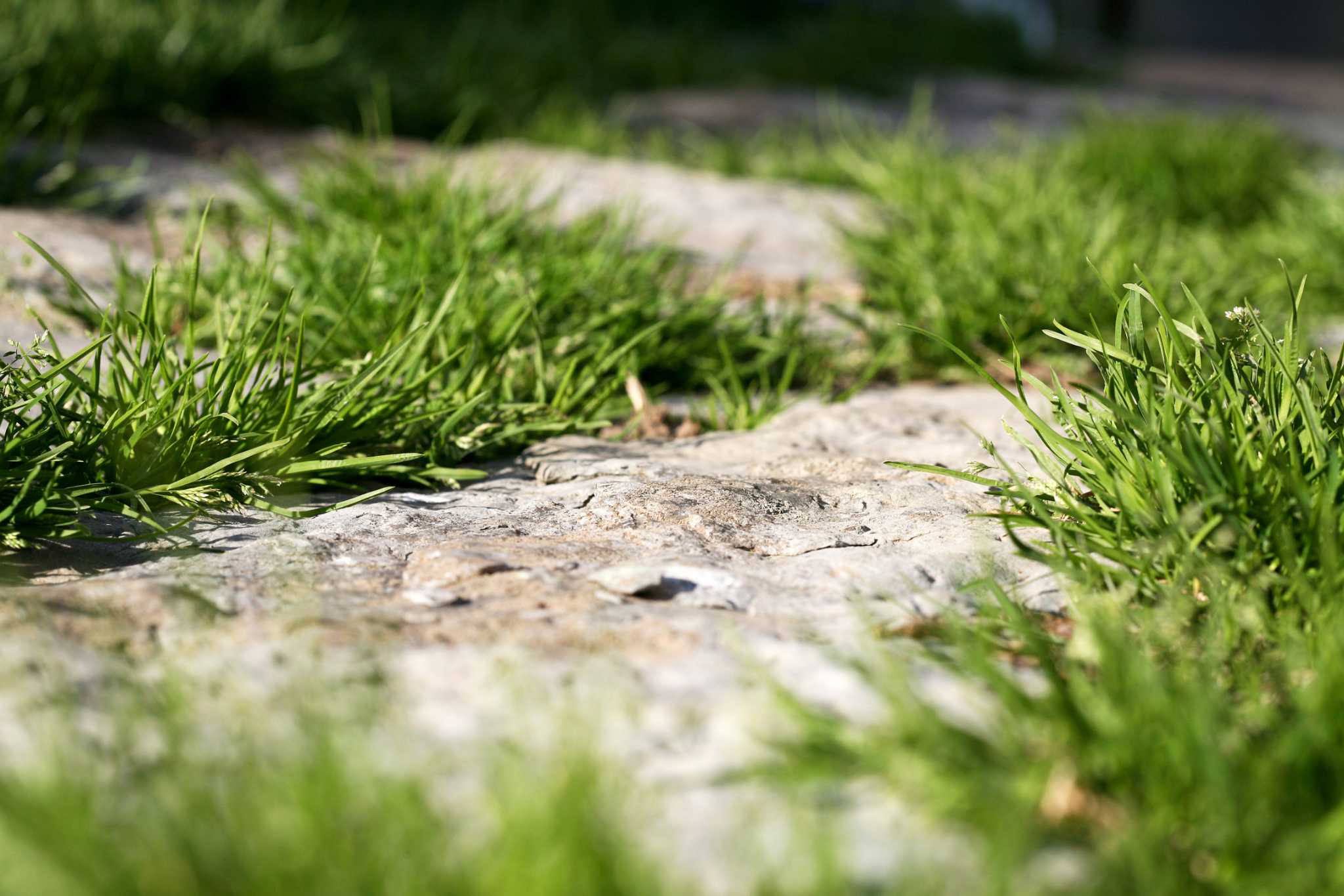
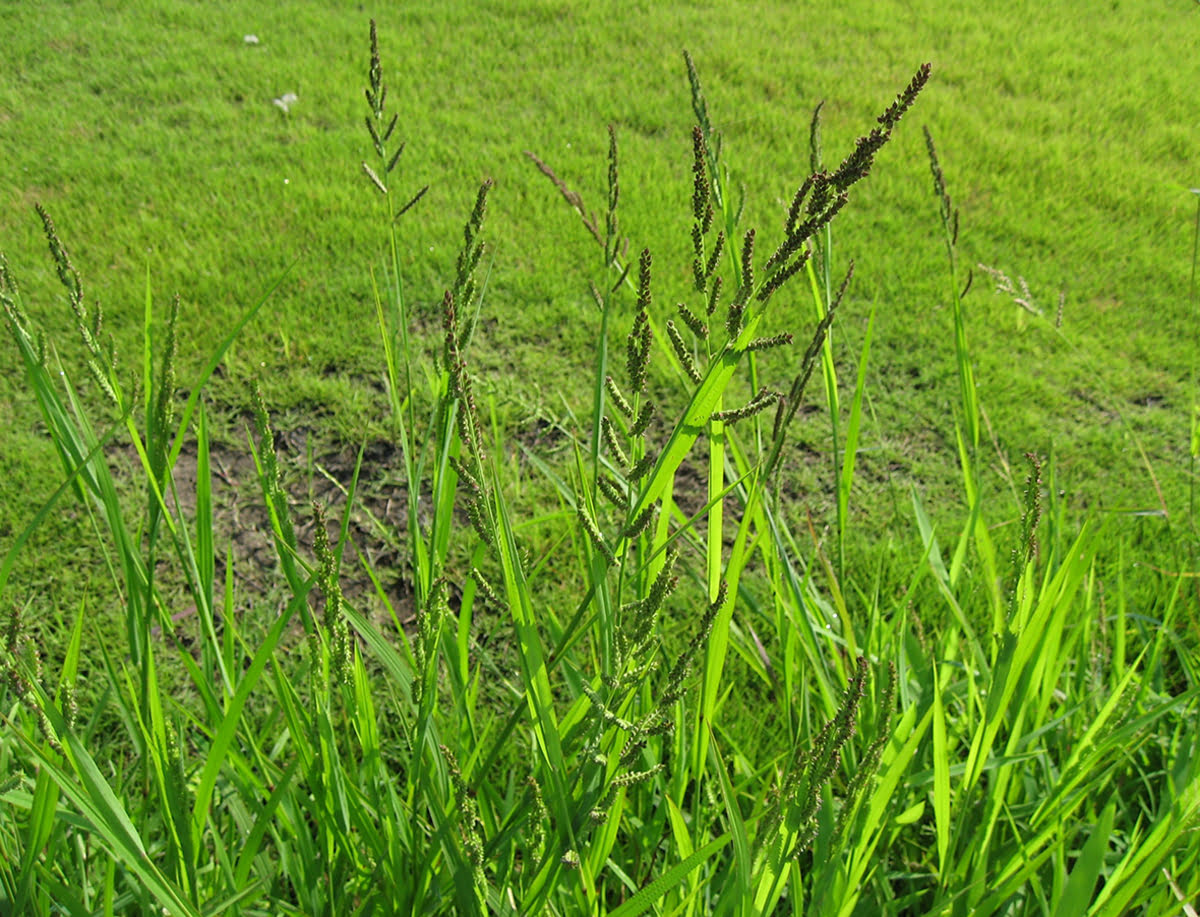

0 thoughts on “How To Kill Grass With Vinegar”